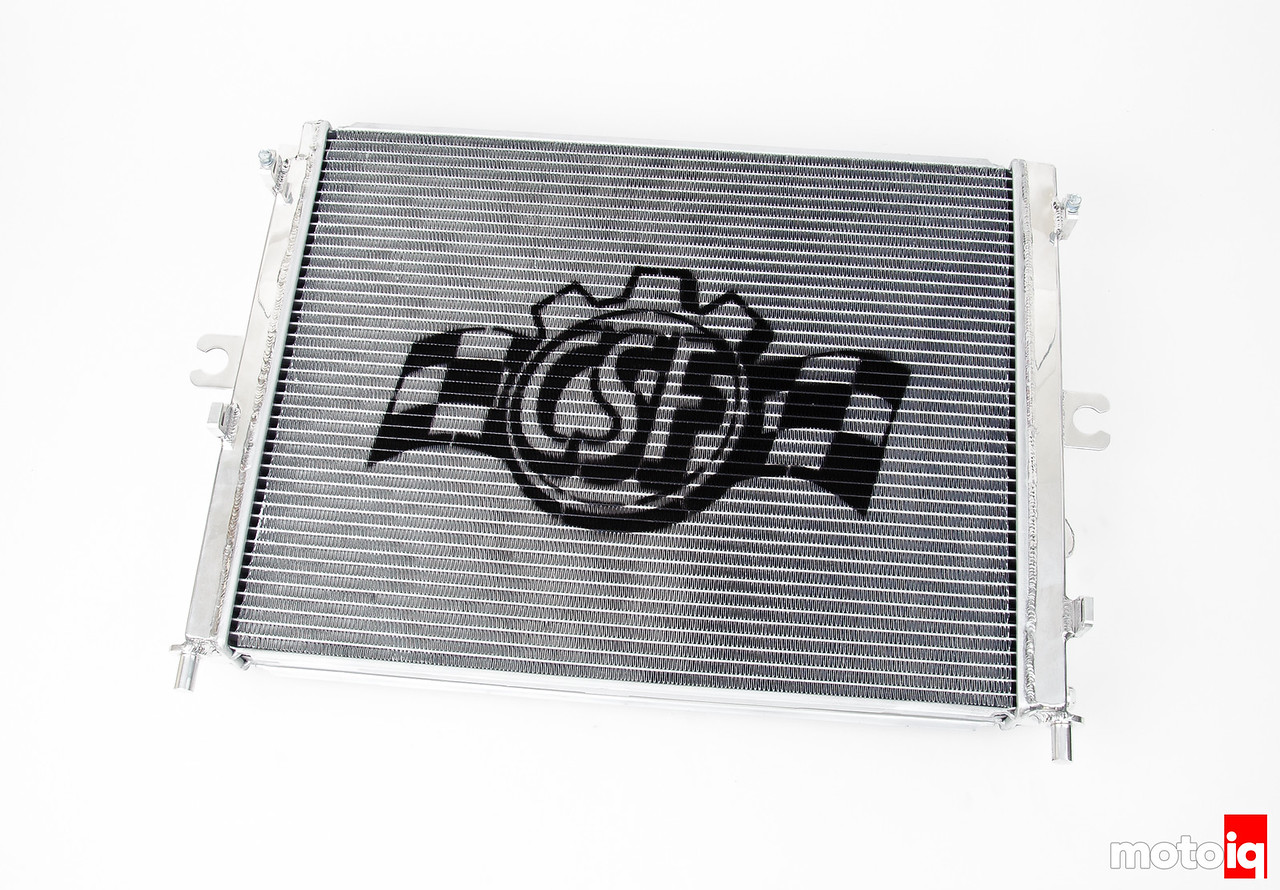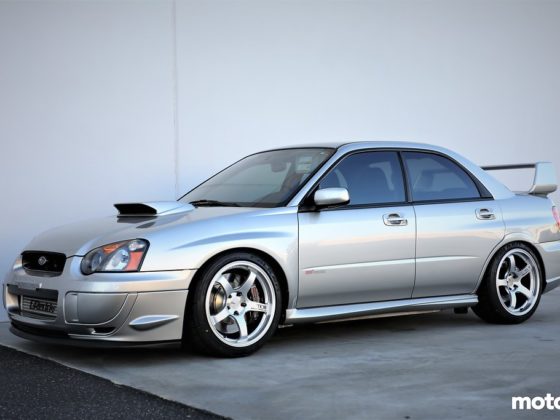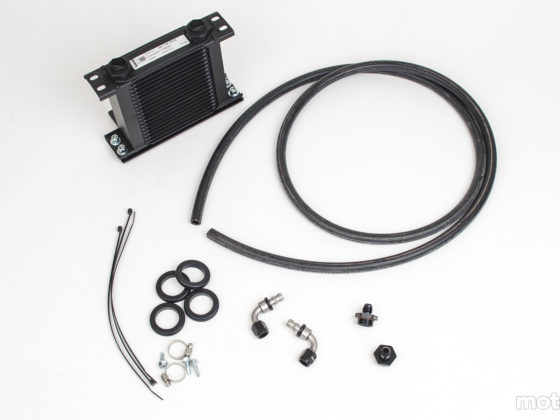
With the notch cut and the tabs trimmed, the air guide went right back into place.

Now it was time to bleed and refill the radiator. Although these pictures make it look like this is a hard install, due to the good plug and play design, it is actually pretty easy to drop the CSF radiator in.

Now it was time for a track test under grueling conditions. We went to a Speed Ventures event at Buttonwillow Raceway on a hot scorching day. It was 100 degrees and miserable. Even though our test driver Karla Pestotnik really worked the car to the max, the coolant temperature never exceeded 208 degrees. This is amazing because track driven Corvettes often hit over 220 degrees even under ideal conditions and frequently go into limp mode as the temperature approaches 230. We were very impressed that our car stayed so cool under these worst-case conditions.

If you are looking for an event that you can get plenty of safe, well-organized track time with the potential for instruction and improvement, we suggest that you look toward Speed Ventures. Speed Ventures is also good enough to sponsor MotoIQ’s on-track testing!




11 comments
It’s interesting that the radiator guide only needs to cover 1/3 of the radiator.
I can guess at a few of the factors that go into the consideration of this choice, but coming up with the idea of partial coverage is the stroke of genius. Deciding on how much to cover must be an interesting exercise too.
My opinion is that GM wanted to have some airflow through the engine compartment to keep the cats from cooking off stuff in there, so some air is vented out the hood, the rest flows through the engine compartment, keeps the cats cool and then exits out the fender vents.
And it also prevents any problems with driving or parking your car in heavy rain because the water does not touch any engine components.
Is the CSF a single pass radiator like the stock unit or double pass?
Single-pass.
random note, the oem auto Z06 rad is also 2″ thick… idk if it cools as well as the CSF tho
what temps were you guys hitting with the aux rad installed before switching to the CSF? You say C7’s hit 220-230 at the track, but nothing about specifically this car before and after…
also, limp mode is 260. at 230 they start pulling timing and reducing power.
We were hitting the same peak temp but on a cooler day like high 80’s low 90’s.
You provided pictures and instructions for installing the CSF Radiator. But you failed to provide information on how to order it and l have no idea on how much it may cost to obtain it.
You can follow the link to CSF Radiators at the end of the article.
How about the link to CSF’s web site?